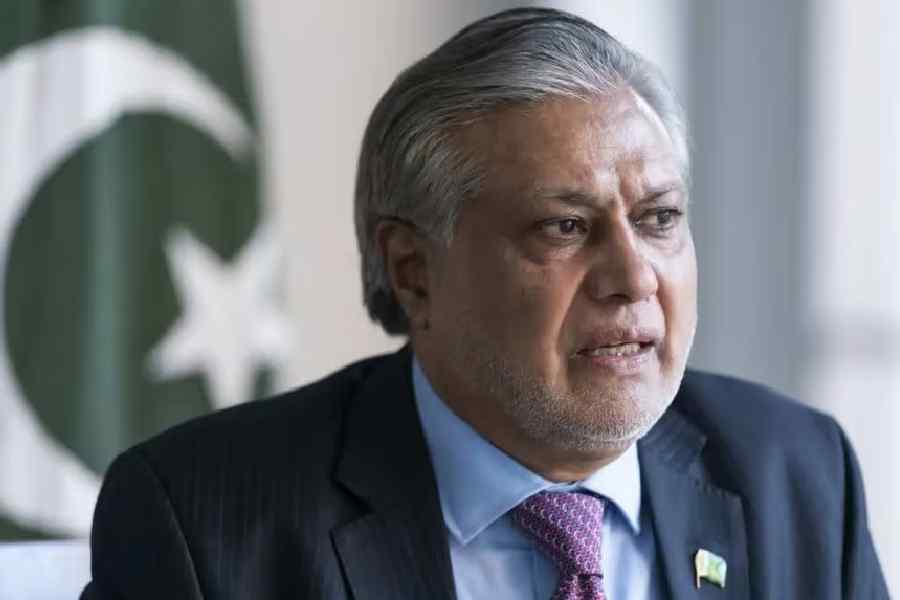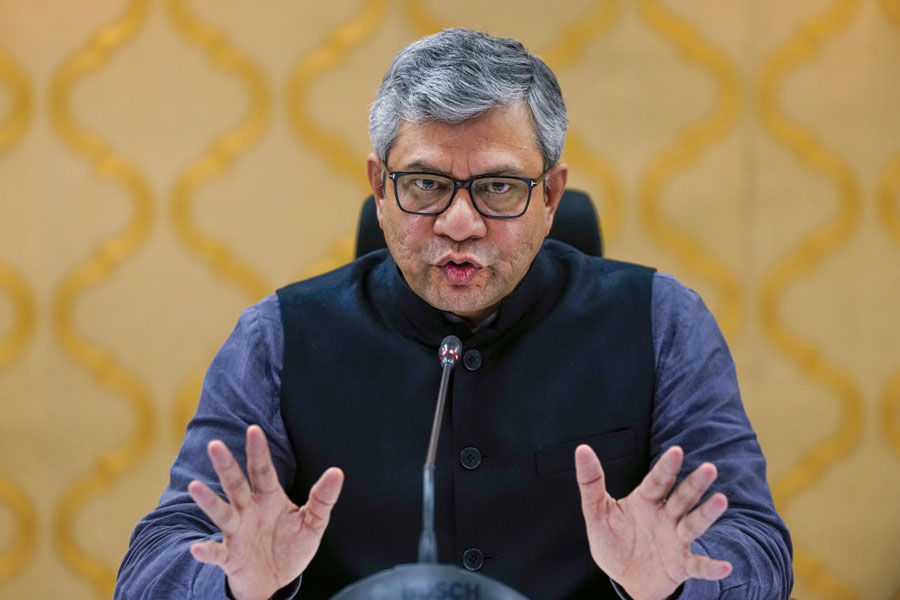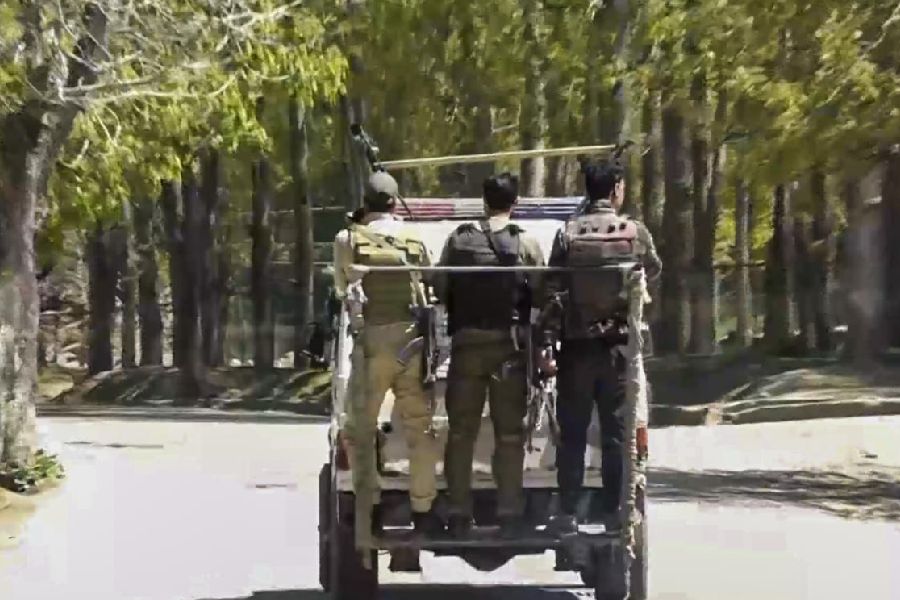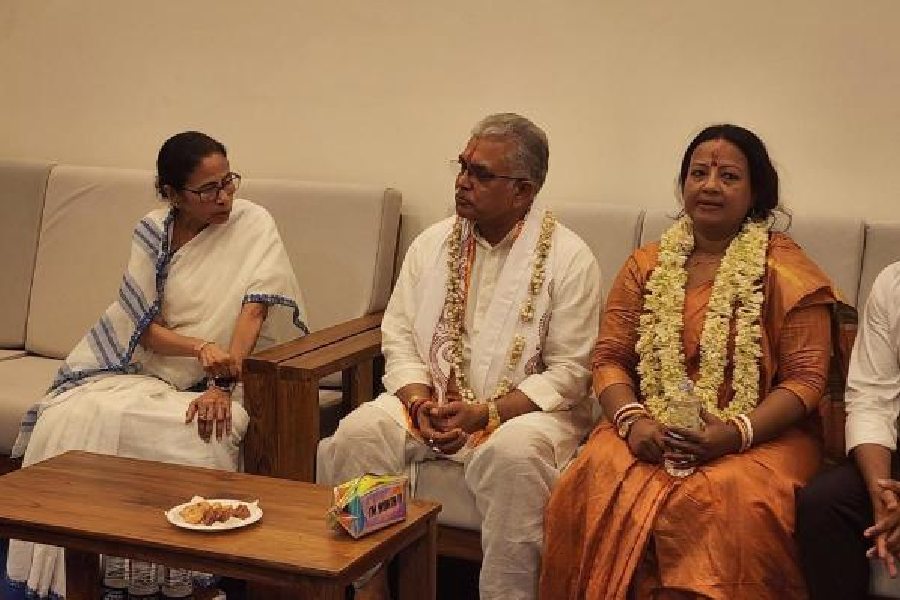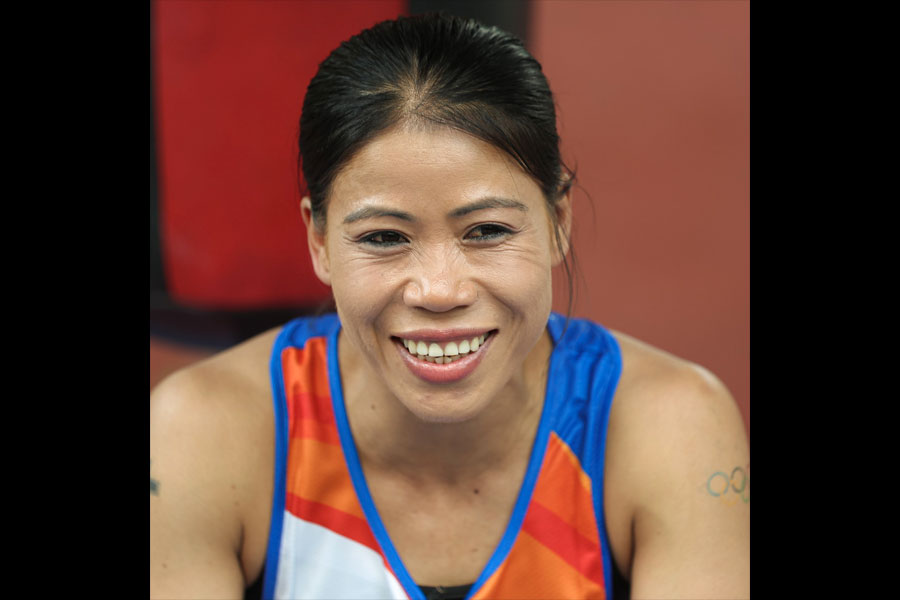This month’s capsule consists of the first part of the group of asanas known as Pawanmuktasana. They are considered ‘wind-releasing’ asanas, excellent for those with rheumatism, arthritis, high blood pressure, heart problems or other physical ailments where vigorous physical exercise is not advised. It is particularly useful for eliminating energy blockages in the joints. The entire group must be practised together in a gentle and controlled manner.
1. PRARAMBHIK STHITI (base position)
Sit with the legs outstretched. Place palms on the floor to the sides of the body and just behind the buttocks. The back, neck and head should be straight. Straighten the elbows. Lean back slightly, taking the support of the arms. Close the eyes and relax the whole body in this position.
2. PADANGULI NAMAN (toe-bending)
Sit in the base position with the legs outstretched and feet slightly apart. Place the hands beside and slightly behind the buttocks. Lean back a little, using the arms to support the back. Keep the spine as straight as possible. Move the toes of both feet slowly backward and forward, keeping the feet upright and the ankles relaxed and motionless. Hold each position for a few seconds. Repeat 10 times.
BREATHING: Inhale as the toes move backward. Exhale as the toes move forward.
3. GOOLF NAMAN (ankle-bending)
Remain in the base position. Keep the feet slightly apart. Slowly move both feet backward and forward, bending them from the ankle joints. Try to stretch the feet forward to touch the floor and then draw them back towards the knees. Hold each position for a few seconds. Repeat 10 times.
BREATHING: Inhale as the feet move backward. Exhale as the feet move forward.
4. GOOLF CHAKRA (ankle rotation)
Remain in the base position. Separate the legs a little, keeping them straight. Keep the heels on the ground throughout the practice. Place the feet together. Slowly rotate both feet tog ether in the same direction, keeping them in contact with each other. Do not allow the knees to move. Practise 10 times clockwise and 10 times anticlockwise.
BREATHING: Inhale on the upward movement. Exhale on the downward movement.
5. GOOLF GHOORNAN (ankle crank)
Remain in the base position. Bend the right knee and bring the foot towards the buttock. Turn the knee out to the side and place the foot on the left thigh. Hold the right ankle with the right hand to support the ankle. Hold the toes of the right foot with the left hand. With the aid of the left hand, slowly rotate the right foot ten times clockwise and ten times anticlockwise. Repeat with the left foot placed on the right thigh.
BREATHING: Inhale on the upward movement. Exhale on the downward movement.
BenefIts: All the foot and calf asanas relieve tiredness and cramps, and prevent venous thrombosis especially in bedridden, post-operative patients.
6. JANU NAMAN (knee-bending)
Stay in the base position. Bend the right knee and clasp the hands under the right thigh. Straighten the right leg, pulling up the kneecap. Do not allow the heel or toes to touch the floor. Bend the right leg at the knee so that the thigh comes close to the chest and the heel is near the buttock. This is one round. Practise 10 rounds with the right leg and then 10 rounds with the left leg.
BREATHING: Inhale while straightening the leg. Exhale while bending the leg.
7. JANU CHAKRA (knee crank)
Rotate the lower leg from the knee in a large circular movement; try to straighten the leg during the upward movement. The upper leg and the trunk should be completely still. Rotate 10 times clockwise and then 10 times anticlockwise. Repeat with the left leg.
BREATHING: Inhale during the upward movement. Exhale during the downward movement.
BenefitS: It strengthens the quadriceps and the ligaments around the knee joints.
8. ARDHA TITLI ASANA (half butterfly)
Sitting in the base position bend the right leg and place it as high as possible on the left thigh. Hold the bent knee with the right hand. Hold the toe of the right foot with the left hand. Inhaling, bring the right knee closer to the chest. Exhaling, gently push down the leg. Slowly practise 10 up and down movements. Repeat with the left leg.
9. SHRONI CHAKRA (hip rotation)
Sit in the same way as in the previous asana. Using the muscle of the right arm, rotate the right knee in a circle. Practise 10 rotations clockwise and 10 anticlockwise. Repeat with left leg.
BREATHING: Inhale during the upward movement. Exhale during the downward movement.
BENEFITS: These are excellent preparatory practices for meditative poses.
(To be continued next week)


